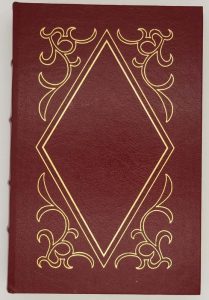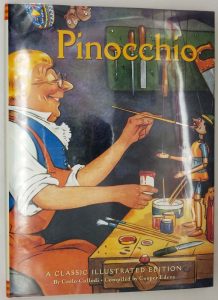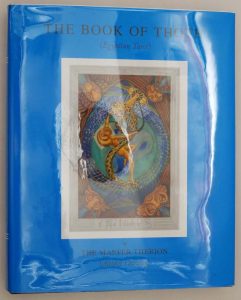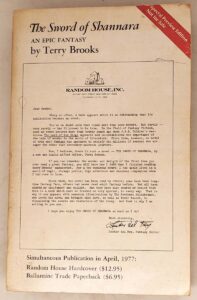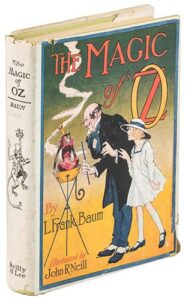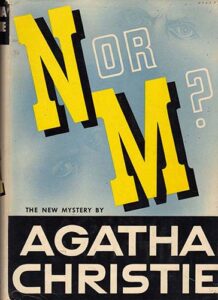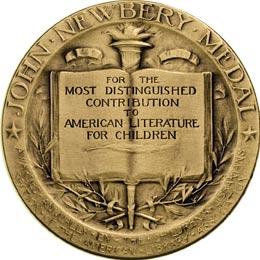Comus (1921) by John Milton, illustrated by Arthur Rackham
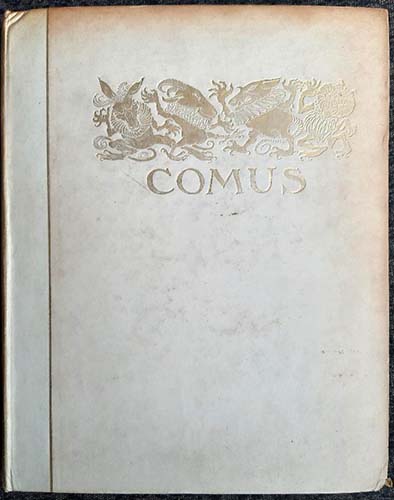
Comus, a dramatic poem by John Milton, was beautifully published in 1921 in a fine illustrated edition by William Heinemann (London) and Doubleday, Page & Co. (New York), with artwork by the acclaimed illustrator Arthur Rackham. First performed in 1634, Comus is a masque—an elaborate, poetic theatrical form—written for music and performance, rich in allegory and classical references. The poem explores the themes of virtue, temptation, and divine grace, centering on a Lady who resists the magical seductions of Comus, a sorcerous figure representing hedonism and deception.
This edition features 24 color plates by Rackham, along with decorative endpapers and black-and-white drawings, showcasing some of his finest late-period work. The tone of Milton’s text, formal and moralistic, is elevated and dramatized by Rackham’s ethereal, often mysterious imagery. His figures—graceful, shadowed, and mythic—capture the high romanticism and tension between purity and corruption inherent in the poem.
About the illustrator Arthur Rackham:
Arthur Rackham (1867–1939) was among the most influential illustrators of the early 20th century, known for his ability to bring both enchantment and eerie atmosphere to literary works. By the time he illustrated Comus, Rackham had already achieved acclaim for his interpretations of Grimm’s Fairy Tales, Peter Pan in Kensington Gardens, and A Midsummer Night’s Dream. His work in Comus shows a matured subtlety, with flowing lines, moody palettes, and a mystical sense of light and shadow, perfectly complementing Milton’s lyrical, idealistic verse.
Recommended for collectors and readers:
- A Midsummer Night’s Dream (1908), illustrated by Arthur Rackham – Another literary classic where Rackham’s illustrations magnify the magical atmosphere.
- Undine (1909), illustrated by Arthur Rackham – A romantic tale of supernatural love, with similarly delicate and haunting artwork.
